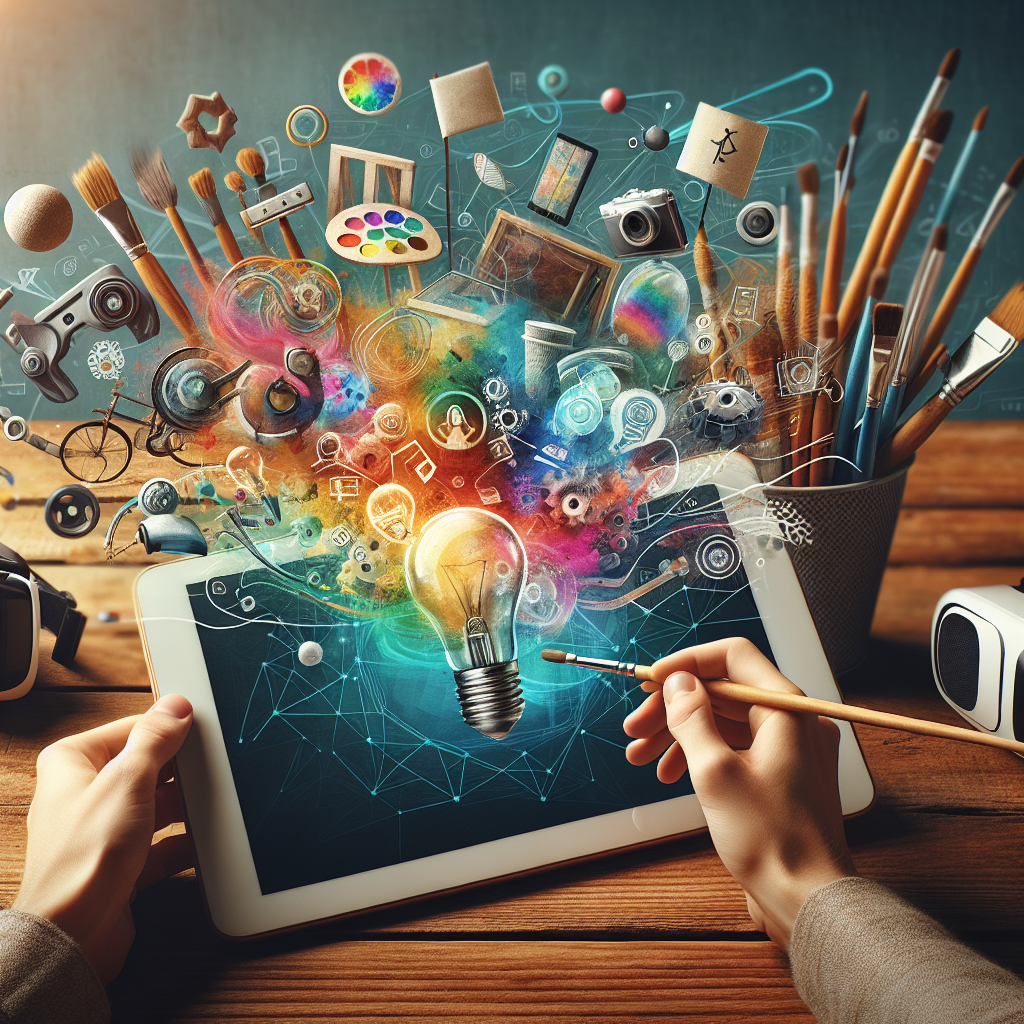Incorporating Technology: My Journey in Art Education, Accessibility, and Innovation as an Artist, Entrepreneur, and Researcher
- Chiqui Rodriguez

- Sep 13, 2024
- 2 min read
As an artist, entrepreneur, and researcher, my journey in the realm of art education and innovation has been deeply intertwined with the evolution of technology. Today, I will delve into the transformative role that technology plays in both expanding access to art education and enhancing the creative process for artists across the globe.
The Intersection of Technology and Art Education
Technology has revolutionized the way we create, learn, and engage with art. In the field of art education, digital tools have opened up a world of possibilities, allowing aspiring artists to experiment, learn, and grow in ways that were previously inaccessible. From online tutorials to virtual workshops, technology has made it easier for individuals to access high-quality art education regardless of their geographical location or economic background.
One of the most notable advancements in art education is the rise of virtual reality (VR) and augmented reality (AR) platforms. These immersive technologies have enabled artists to explore new dimensions of creativity, offering a unique way to interact with art in a digital environment. By integrating VR and AR into art education curricula, students can engage with art in a more interactive and personalized manner, fostering a deeper understanding and appreciation for the creative process.

Enhancing Accessibility Through Technology
Accessibility is a crucial aspect of art education that technology has significantly improved. For individuals with disabilities, traditional art mediums may present challenges that hinder their ability to fully express themselves creatively. However, with the advent of assistive technologies and adaptive tools, barriers to creating art have been diminished, empowering artists of all abilities to participate in the artistic process.
Digital art platforms, such as graphic design software and drawing applications, have been instrumental in making art more accessible to a diverse range of individuals. These tools offer customizable features that cater to different learning styles and needs, allowing artists to express themselves in ways that align with their unique preferences and capabilities.
Innovation in the Creative Process
For artists, technology serves as a catalyst for innovation, pushing the boundaries of traditional artistic practices and fostering experimentation and collaboration. From digital painting software to 3D modeling tools, the digital landscape offers a playground for artists to explore new techniques and mediums, sparking creativity and enabling them to bring their artistic visions to life in ways that were previously unimaginable.
As an entrepreneur, leveraging technology in the art industry has become a cornerstone of driving innovation and reaching new audiences. E-commerce platforms, social media marketing, and digital art galleries have revolutionized the way artists showcase and sell their work, providing a global platform for creative expression and entrepreneurship.
Embracing the Future of Art Education and Innovation
In conclusion, the integration of technology in art education has transformed the landscape of creativity, making art more accessible, interactive, and innovative than ever before. As an artist, entrepreneur, and researcher, my journey has been shaped by the endless possibilities that technology offers, driving me to explore new horizons and redefine the boundaries of art and innovation.
Join me in embracing the future of art education and accessibility, where technology continues to revolutionize the way we create, learn, and connect through the power of artistic expression.
Let's embark on this journey together, where art meets technology to inspire, empower, and transform the world around us.
Komentarze